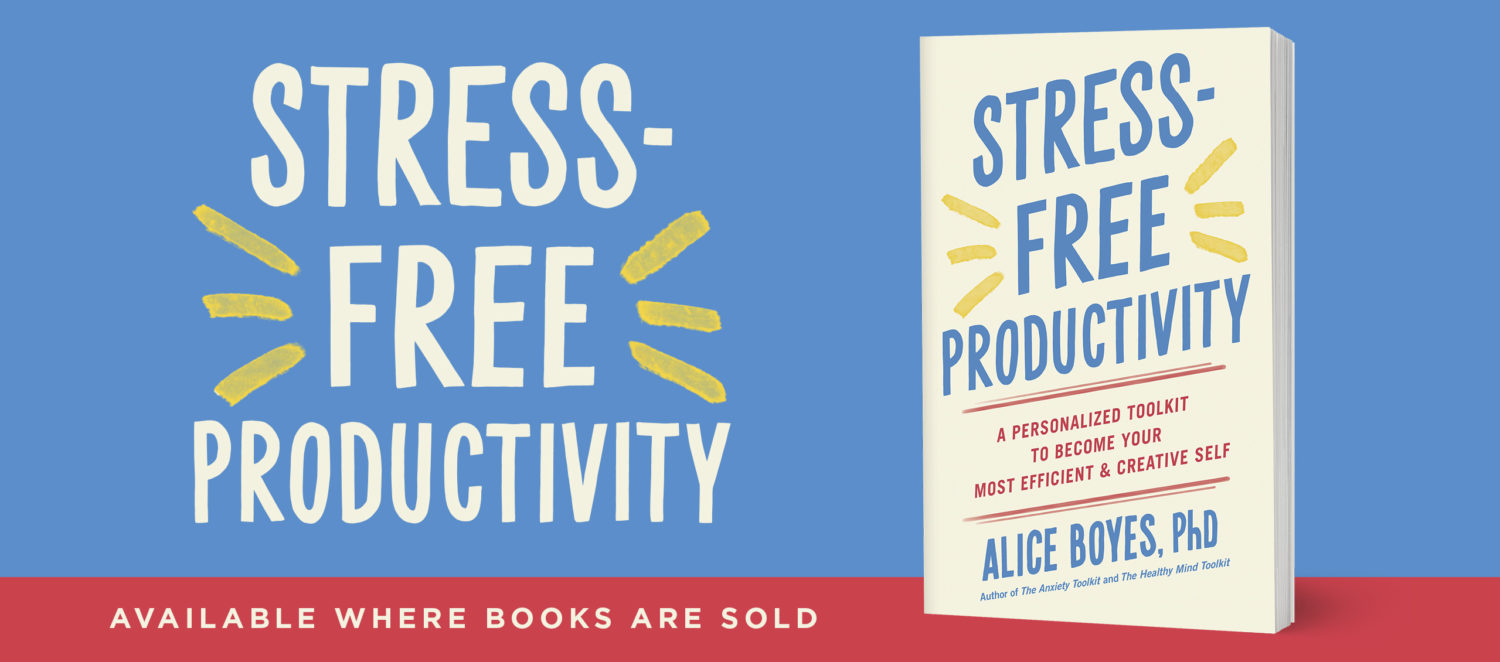Psychology Trends: How to Design a Self Study (Part 1)
An emerging trend is people using methods similar to those used in psychology research to study themselves.
A MAJOR COOL THING about studies of self – your options for what you can study are almost endless. And, you’re completely in control.
Another MAJOR COOL THING – people’s perceptions of cause and effect in their lives (e.g. what determines their emotions or what determines aspects of their behaviour) tend to be skewed from reality. Using studies of self you can can rely more on reality and less on your perceptions (which might be distorted/inaccurate).
If you actively do things in your life because you think they are helpful to you, you can determine if what you do really is helpful and is the effect big, small or medium? What really makes a difference?
What’s to Come?
I’m going to provide detailed tips and instructions for how people can do their own studies of self. But for now, let’s look at 2 basic varieties of self study, as well as a combined option. Which type is best will depend on your purposes.
Option 1: The A – B – A – B Design
Let’s say you have an idea that doing 30 minutes of vigorous exercise in the evenings, leads to increased energy the following day.
However, sometimes you cannot be bothered exercising so you want to see how helpful exercising really is.
In an A-B-A-B design
“A” refers to a period of time when you are NOT DOING the behaviour that you think might cause a difference in some aspect of your life (i.e. not exercising).
“B” refers to a period of time when you are doing the behaviour (i.e. exercising) EVERY DAY.
So, in an A-B-A-B design you would
first do A = not exercise. Let’s say for 2 weeks.
Each day you monitor your energy on a 0 – 10 scale
0 = feeling no energy at all, 10 = feeling extremely energetic. You might do recordings at 9am, noon, 4pm, and 9pm. Put an alarm on your phone and carry a piece of paper to jot down your ratings or input them into your phone.
B = Do two weeks of exercising every night. Continue recording your energy.
A = Return to NOT exercising for two weeks, but keep recording your energy.
B = Exercise every day for two final weeks and record your energy.
Option 2: The Correlation Design
Each day you do the same energy ratings as above and also record how many minutes of vigorous exercise you did the day before (e.g. 0 minutes, 10 minutes, 30 minutes).
– You then use very simple statistics called a correlation (I’ll show you how – in upcoming posts) to figure out if statistically you had more energy on days when you did more exercise the night before i.e. if you exercised more, your energy was higher the next day.
– To visualize your data, you can also put it on a scatterplot.
– For correlation designs, the longer you collect your data for, the more reliable your self study will be and the more chance you have of detecting real effects if these exist (even small effects might be important to you in your life and to detect these you need enough data).
As a ballpark, a minimum of about 20 days or ideally 30.
Option 3: The Combined Option.
Do a baseline period. Let’s say 2 weeks of not exercising but recording your energy.
Then proceed with the correlation design.




